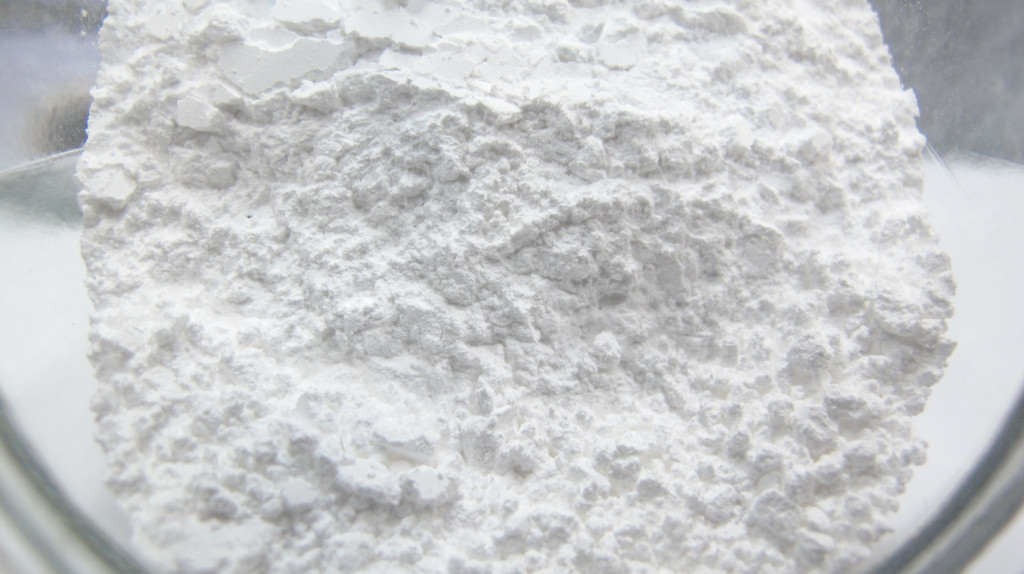Table of Contents
Introduction
In 1879, Swedish chemist P. T. Cleve isolated pale green thulium oxide from erbium ores and named it “Thulia” after the Scandinavian term for the “farthest north” — Thule. This oxide led to the naming of the new element as “Thulium” (Tm).
Thulium does not naturally occur in pure elemental form but coexists with elements like yttrium and gadolinium. It is also found in monazite, euxenite, and black rare earth ores, comprising approximately seven parts per million.
Thulium (Tm)
Atomic number: 69
Atomic weight: 168.934 u
Atomic structure: The outermost electronic structure of thulium is 4f13 6s2。
Physical/chemical properties: It is a bright silver-white metallic luster, soft and ductile metal. Strong corrosion resistance in dry air.
Main Application Areas of Thulium
- Medical Applications: Thulium has significant uses in medical imaging, particularly in creating thulium lasers that enable high-quality imaging for medical diagnostics, especially in MRI. Thulium isotopes, including laser doping agents like holmium-chromium-thulium triple-doped yttrium aluminum garnet (Ho:Cr:Tm) and thulium-doped yttrium aluminum garnet (Tm), are often employed in these applications.
- Wireless Communications: Certain thulium isotopes, such as 170Tm, are used in portable X-ray machines and act as microwave sources in wireless communication and radar systems. These applications utilize thulium’s unique nuclear properties.
- Experimental Physics: Thulium serves as a detector in experimental physics, especially within nuclear and particle physics research, to measure radiation and particle properties.
- Materials Science: Thulium is also applied in materials science, where it is studied in new materials and specialized magnetic materials.
- Nuclear Energy Applications: Thulium isotopes are used in certain nuclear reactions and experiments to study nuclear energy and reactions. Specifically, 169Tm serves as a thermal neutron source, valuable in nuclear physics experiments.


